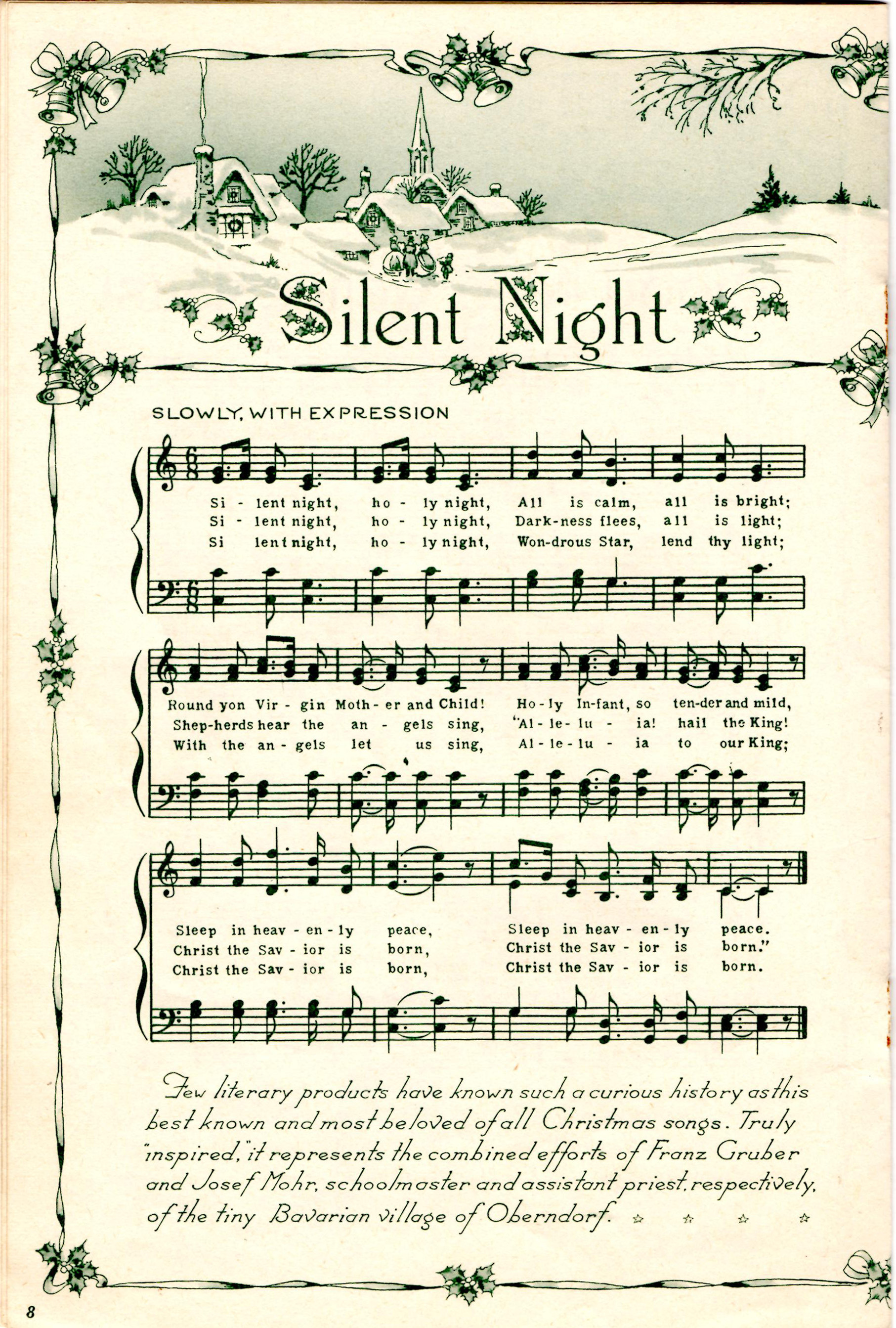A Christmasless Town: The Silent Night of 1624
Related Articles: A Christmasless Town: The Silent Night of 1624
- Verse 1:
- 1914 Christmas Tins: A Timeless Treasure With Enduring Value
- The Twelve Days Of Christmas: A Timeless Tradition With Enduring Enchantment
- A Christmas Carol 2024: A Star-Studded Cast Brings The Beloved Tale To Life
- A Nostalgic Journey: Rediscovering The Timeless Charm Of "A Christmas Story" VHS (1996)
Introduction
With enthusiasm, let’s navigate through the intriguing topic related to A Christmasless Town: The Silent Night of 1624. Let’s weave interesting information and offer fresh perspectives to the readers.
Table of Content
Video about A Christmasless Town: The Silent Night of 1624
A Christmasless Town: The Silent Night of 1624

In the quaint town of Salem, Massachusetts, where the autumn leaves painted the landscape in vibrant hues, a somber cloud hung low over the horizon as the year 1624 drew to a close. The annual celebration of Christmas, a time of joy and merriments, was conspicuously absent, replaced by an eerie silence that permeated the air.
The Puritan settlers who had established Salem were devout followers of a strict religious doctrine that condemned the celebration of Christmas as a pagan ritual. They believed that the birth of Jesus Christ should be commemorated through prayer and contemplation, not through festive revelry.
As the sun dipped below the horizon on Christmas Eve, casting long shadows across the town, the streets remained deserted. The homes, which would normally be adorned with festive decorations, were dark and silent. The children, who would usually be filled with excitement for the arrival of Santa Claus, were ordered to stay indoors and focus on their spiritual devotions.
The only sign of life came from the flickering flames of the hearths, casting a dim glow on the faces of the Puritans as they gathered in their homes for somber prayer meetings. The air was heavy with the scent of incense and the sound of whispered hymns.
One such gathering took place in the home of Reverend John Winthrop, the town’s governor. As the congregation sat in silence, Winthrop rose to address them, his voice resonating with a mixture of conviction and sadness.
"My brethren," he began, "we gather here tonight on a solemn occasion. We have chosen to forgo the worldly pleasures of Christmas in order to focus on the true meaning of the birth of our Savior."
He went on to remind them of the importance of self-denial and the rejection of all forms of idolatry. He urged them to spend the evening in meditation and prayer, seeking a deeper understanding of God’s grace.
As the night wore on, the Puritans continued their devotions, their hearts filled with a sense of both piety and regret. They knew that their decision to shun Christmas would draw criticism from outsiders, but they were determined to remain steadfast in their beliefs.
However, not all the inhabitants of Salem shared the Puritans’ zeal. A small group of dissenters, led by a charismatic young woman named Anne Hutchinson, had begun to question the town’s strict religious doctrines. They argued that the celebration of Christmas was a harmless tradition that could bring joy and unity to the community.
Hutchinson and her followers gathered in secret on Christmas Eve, determined to defy the town’s ban on festivities. They sang carols, exchanged gifts, and shared a simple meal. Their actions were met with both sympathy and condemnation from the rest of the town.
As the first rays of dawn broke over Salem, the Christmasless town emerged from its somber silence. The Puritans continued their prayers and meditations, while the dissenters reveled in their newfound freedom. The two factions lived side by side, their beliefs and traditions colliding in a silent battle for the soul of the town.
The following day, Christmas Day, the town of Salem remained divided. The Puritans held their services as usual, while the dissenters gathered for a festive celebration. The tension between the two groups was palpable, threatening to erupt into open conflict.
In the midst of the turmoil, a young boy named Samuel Sewall, who would later become a prominent figure in Salem’s history, witnessed the events unfolding around him. He wrote in his diary:
"This day, being the 25th of December, was observed by some as a day of feasting and merriment, while others kept it as a day of fasting and prayer. The town was divided, and there was much contention and debate."
As the year 1624 drew to a close, the town of Salem remained a place of both division and resilience. The Christmasless town had become a symbol of the struggle between religious orthodoxy and the human desire for joy and celebration. And as the centuries passed, the story of Salem’s silent Christmas would be told and retold, a reminder of the complexities of faith and the enduring power of tradition.








Closure
Thus, we hope this article has provided valuable insights into A Christmasless Town: The Silent Night of 1624. We thank you for taking the time to read this article. See you in our next article!